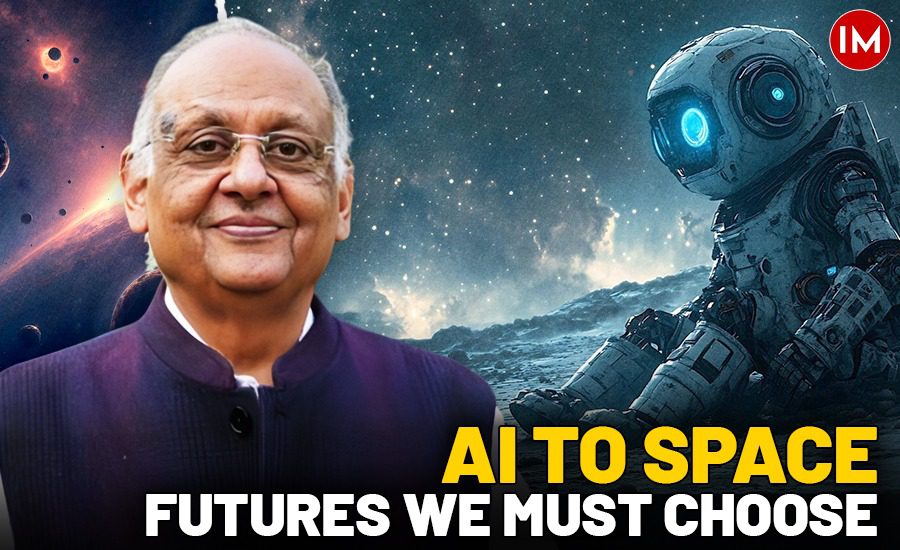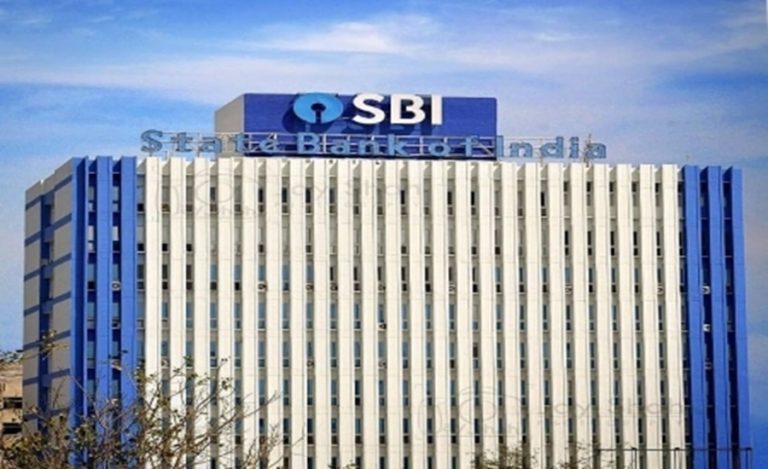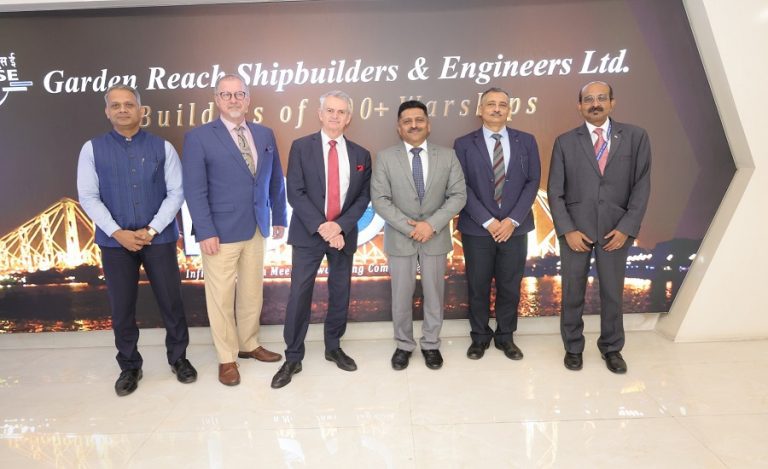The future is not arriving in fragments. It is rushing toward us as a powerful stream of technologies—each growing at lightning speed, and all beginning to converge. If we listen closely, we can already hear the faint notes of a symphony being composed: one that could lift humanity to heights never seen before. But it could just as easily dissolve into noise and chaos, depending on how wisely we act today.
From Tools to Engines
For centuries, humans have invented tools. The plough, the steam engine, electricity, and the computer—each changed society in its own way. But the technologies of today are different. They are not just tools. They are engines—self-improving, scaling faster with each cycle, amplifying one another’s power.
This is why the coming decades feel so different from the past. Change is no longer steady and predictable. It is exponential. As Ray Kurzweil, Google’s leading technology czar and futurist, explains: thirty linear steps cover less than thirty meters, but thirty exponential steps take you around the earth more than twenty-six times. Each step builds on the last, creating leaps that our minds struggle to comprehend.
The Core Technologies
At the heart of this transformation lie a few foundational forces:
Artificial Intelligence (AI): Machines that learn, reason, and increasingly make decisions. Already, they recommend what we watch, diagnose illnesses, and translate languages. Tomorrow, they may become partners in law, education, governance, and even creativity.
Biotechnology: The code of life itself is now editable. With tools like CRISPR, we can alter genes, design cures, cultivate lab-grown meat, and potentially extend human lifespans. What was once the realm of nature is entering the realm of choice.
Communication Technology: Cheap mobile data and 5G networks have already connected billions. The next wave—satellite constellations, ultra-fast broadband, and quantum-secure channels—may ensure that no human on Earth is cut off from knowledge, markets, or ideas.
Emerging Frontiers
Alongside these cores, new frontiers are opening:
Nanotechnology—manipulating matter at the atomic scale to build materials stronger, lighter, and smarter.
Quantum Computing—solving problems impossible for today’s machines, from drug discovery to climate modelling.
Immersive Tech—the Metaverse, AR, and VR, where work, play, and identity blend in digital-first ways.
Space Technology—from reusable rockets to asteroid mining, humanity is extending its reach beyond Earth. Space may become the next great laboratory, marketplace, and even habitat, reshaping economics, geopolitics, and survival itself.
Each is powerful alone. Together, they create something mind-boggling.
The Enabling Forces
Behind and beneath the core and emerging technologies are three great enablers that amplify all the rest:
Energy: Clean, abundant energy—from solar to nuclear fusion—provides the fuel for computation, mobility, and industry. Without it, progress slows; with it, every other engine accelerates.
Neurotechnology: Expanding the dialogue between brains and machines. From brain–computer interfaces to cognitive augmentation, neurotech redefines human potential and blurs the line between organic and digital intelligence.
Robotics: Intelligence made physical. Robots can already build cars, deliver packages, and assist in surgery. As they combine with AI, energy, and neurotech, they become extensions of human will, reshaping factories, homes, and even outer space.
The Symphony of Convergence
The magic lies not in any single technology, but in how they weave together. Convergence is the key.
Imagine healthcare in 2035. AI reads your genetic data. Biotechnology designs a personalised therapy. Nanotechnology delivers it directly to your cells. Communication networks connect your wearable health sensors to hospitals in real time. Quantum computing accelerates drug research. Robotics assists your care at home. Energy systems power it all. Neurotech helps manage your brain’s well-being. The result is a healthcare system that shifts from curing sickness to continuously maintaining well-being.
Or education. AI tutors adjust to each child’s pace. Immersive classrooms connect children from Delhi to Dakar, from villages to megacities. Communication technology makes it seamless, biotech informs how we learn best, and neurotech unlocks new ways of retaining knowledge. The result could be a school without walls, where learning is lifelong and universal.
These are not wild dreams. The foundations are already visible. The exponential curve suggests that what seems distant will arrive faster than expected.
A Double-Edged Sword
But convergence is not destiny—it is potential. The same forces that create harmony can also create disruption.
AI can free us from drudgery—or deepen bias and inequality. Biotech can cure disease—or design dangerous pathogens. Communication tech can spread knowledge—or polarise societies with misinformation. Quantum computing can solve global crises—or shatter today’s security systems overnight. Space technology can expand human horizons—or spark new conflicts over territory and resources.
The engines themselves are neutral. It is human values, governance, and foresight that determine whether they play in tune or descend into chaos.
This Moment: The Futures Before Us
Our grandparents had time to adjust. A new machine would come, society would debate, adapt, and then settle before the next wave arrived. Today, there is no such pause. Multiple revolutions unfold at once, feeding and amplifying each other.
We are living not just in an age of invention but in an age of acceleration. That is why so many feel disoriented, and why the choices we make now matter more than ever. There are at least two alternative futures waiting, and many other options will emerge as human ingenuity soars to new heights:
In one, technologies converge into a symphony of abundance: disease is nearly eliminated, poverty is sharply reduced, education is democratised, and creativity is unleashed across humanity.
In another, the same convergence spirals into disruption: jobs vanish faster than they are created, inequality grows, societies fracture, and the very fabric of truth becomes contested.
Both futures are possible. The engines are already running. The trajectory depends on us.
Way Forward
It is for us to proactively guide the development and application of these technologies to tap their unprecedented potential and “Invent the Future” of our choice—the Never Before Future. A beginning may be made with the following steps:
Understand the Exponential — realise that tomorrow will not be an extension of today; it will be dramatically different and faster.
Shape Governance and Values—rules, ethics, and policies must keep pace with machines, not follow decades later.
Experiment, Don’t Resist — instead of fearing or ignoring new tools, individuals and societies must learn, test, adapt, and co-create the future.
Each of us—citizens, leaders, entrepreneurs, teachers, parents—has a role to play. The future will not be shaped only in labs or boardrooms. It will be shaped by daily choices, in classrooms, in communities, and in how we teach the next generation to dream and build.
The Never Before Technologies are accelerated engines of disruption: the score is unwritten; what we do today will decide whether we will have a future with a cacophony of conflicts—or a symphony of abundance.
































